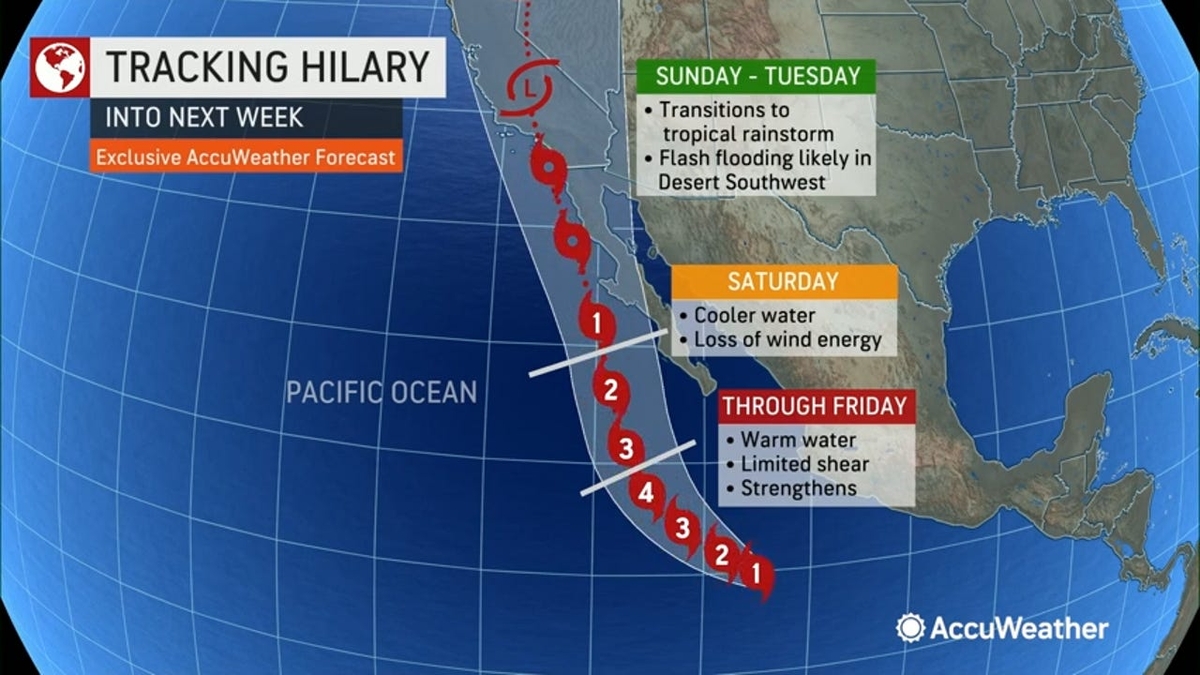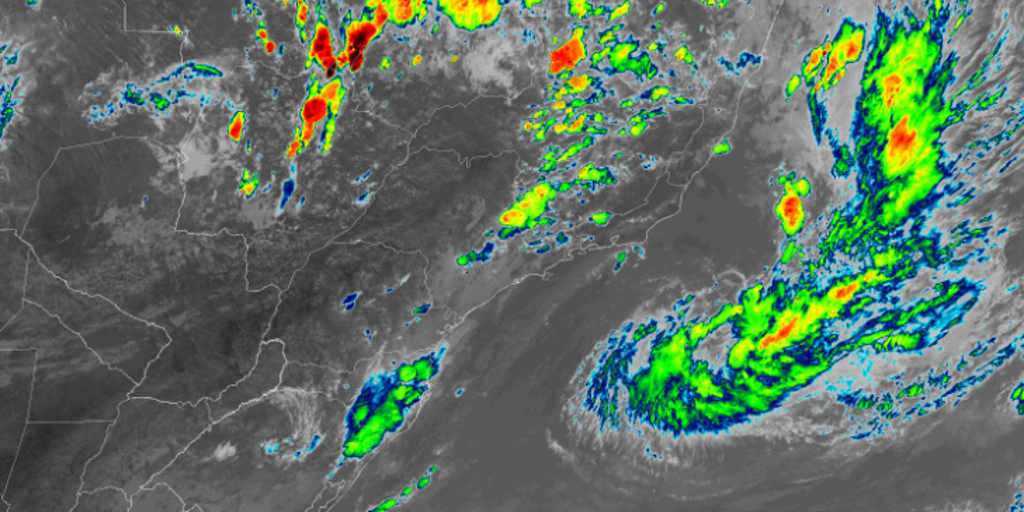
The stormy whispers around Hurricane Hilary of 2023 and its anticipated impact on California echoed a sense of curiosity and concern. This was mainly due to the infrequency of hurricanes or tropical storms hitting this part of the globe. Initial predictions suggested that the storm, which originated as a hurricane near the Baja California peninsula, would weaken into a tropical storm affecting California. However, a recent report from the National Oceanic and Atmospheric Administration (NOAA) provides a different perspective.
The NOAA Report
According to NOAA, the storm weakened even before making landfall and did not remain a tropical storm as it reached California. The storm lost its tropical characteristics and degenerated into a post-tropical cyclone over northern Baja California by 2100 UTC 20 August. Despite the storm center not moving into the United States, it did have some wind and rain impacts, which led to Hilary being considered as a tropical storm that influenced the United States.
NOAA attributes the rarity of hurricanes and tropical storms in this region to a combination of factors. These include cooler sea surface temperatures, trade winds that blow away from the coasts, and the arid and mountainous terrain. The report emphasizes that the storm’s impact is more significant than its name or category.
Storm Characteristics and Impact
Hurricane Hilary was a large and powerful Pacific hurricane in August 2023, bringing torrential rainfall and gusty winds to the Pacific Coast of Mexico, the Baja California Peninsula, and the Southwestern United States. The cyclone was the eighth named storm, sixth hurricane, and fourth major hurricane of the 2023 Pacific hurricane season. It originated from a tropical wave south of Mexico, strengthened into a hurricane with maximum sustained winds of 140 mph and a central pressure of 940 mbar, and made landfall as a tropical storm in San Quintín along the western Baja California peninsula.
The storm resulted in two fatalities in Mexico, left a damage bill of $14.7 million, and affected approximately 26 million people across four states in the US. The aftermath of the storm included flooded roads, mudslides, and downed trees in the affected areas.
Preparation and Response
In anticipation of Hurricane Hilary, the National Hurricane Center issued a Tropical Storm Watch for areas across Southern California. This marked the first such warning in the region since 1939. State and federal officials urged residents to stay off the roads during the storm’s peak hours. Evacuation warnings were issued for several communities, and various agencies and departments mobilized resources to respond to the storm.
Despite the storm’s downgrade, authorities and emergency services prepared for heavy rainfall, strong winds, and potential coastal flooding in California. These measures were crucial in mitigating the impact of the storm on the state.
In conclusion, while Hurricane Hilary did not hit California as a tropical storm, it still had significant impacts. The event highlights the importance of preparedness and response plans in the face of such natural calamities, regardless of their rarity.
Source: medriva.com


